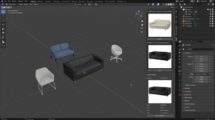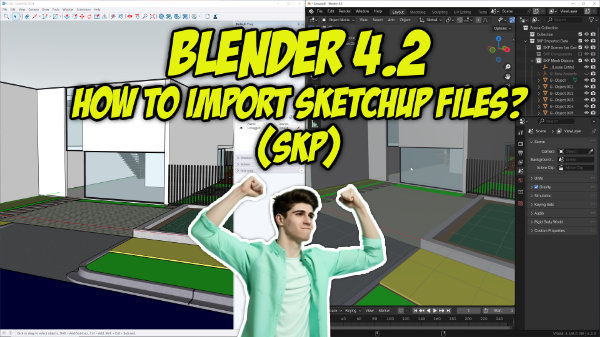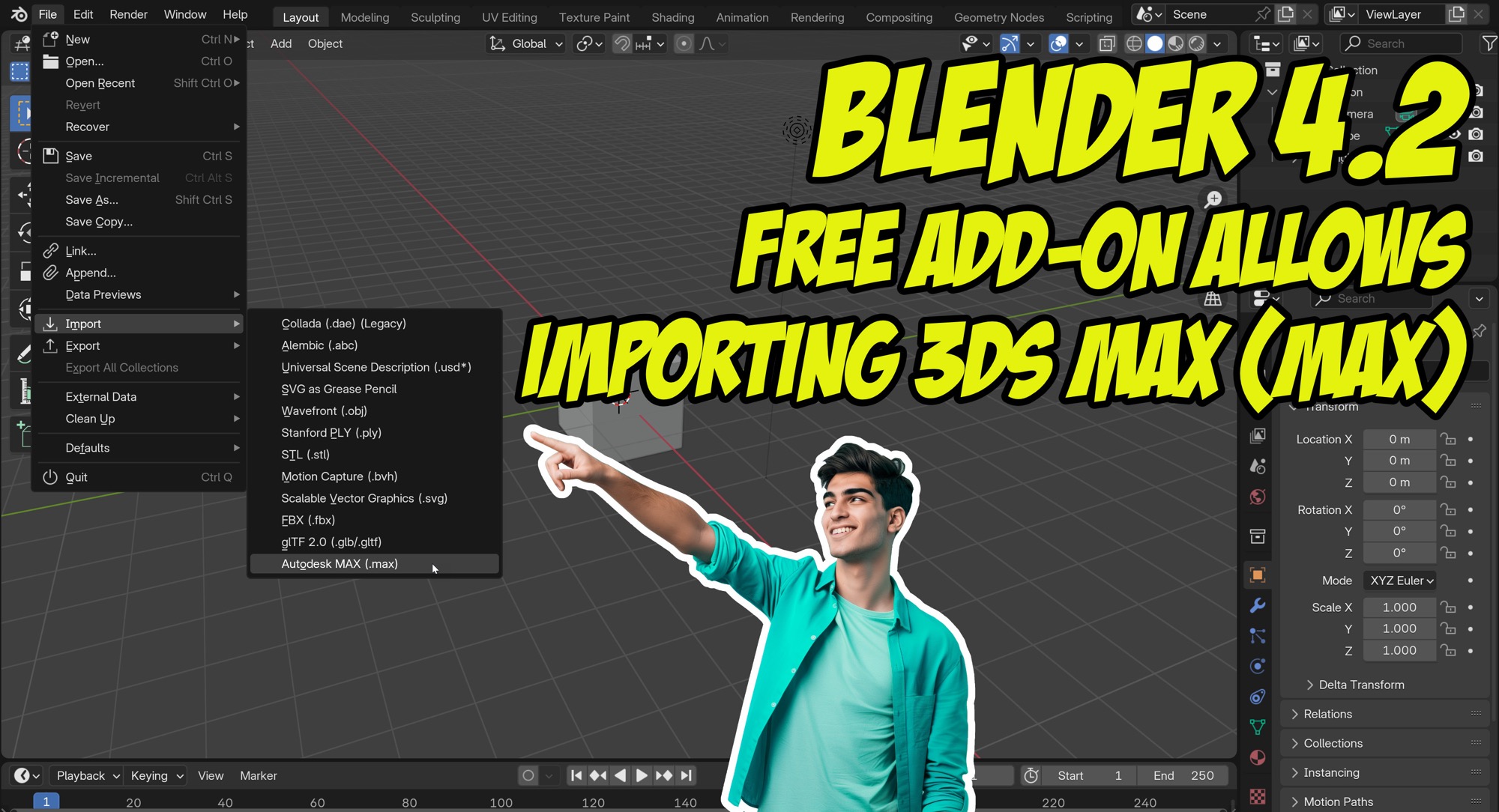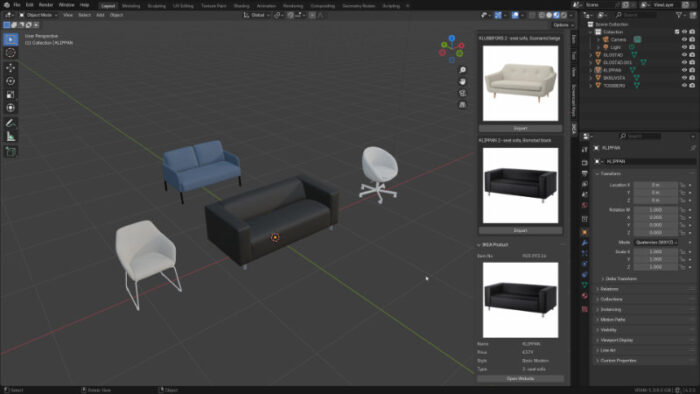
In the architectural design stage, you will probably want to create some concept models with a few ideas for a project. During that stage, you might have some images to share with coworkers or the customer who is hiring you to create the designs. Those images would benefit a lot if they had some dimension lines to give a sense of scale.
Can you create dimension lines in Blender? By default, you will find some options in Blender to create like the Measure tool. You can press the M key in Edit Mode to start adding a basic dimension line.
If you want to beyond that Measure tool, you should take a look at incredible Add-on from Developer Kevan Cress. The Add-on has a name of MeasureIt-ARCH, and as you can imagine from the name, it has a focus on architectural designs.
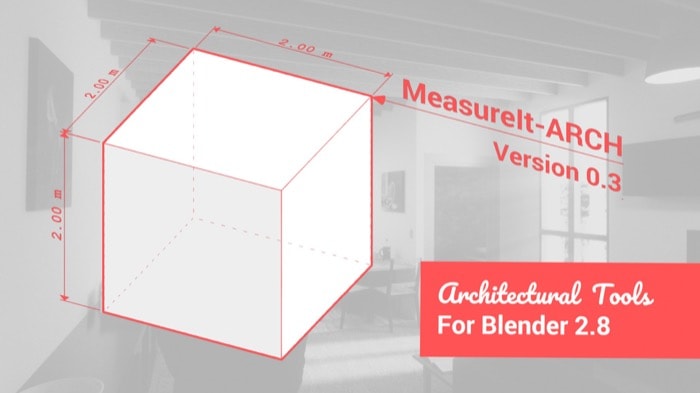
The MeasureIt-ARCH is an extension from Antonio Vazquez's MeasureIt and received a lot of options and settings to help with architectural designs.
You can download the Add-on for free in this link. Notice that you must download two files to enjoy all the features from the Add-on. The video below describes how to create dimension lines in Blender 2.8.
That has great potential to make Blender even more useful for architecture because it will give you the flexibility to create much better concept designs.
Here are a few other tools for Blender 2.8 that you should also consider using for your designs:
- Blender 2.8 CAD-like features: TinyCAD
- Convert DWG files without AutoCAD for Blender
- How to import SketchUp files to Blender 2.8?
Thanks to Leonardo Vallone for the tip!
Using Blender for architecture
Do you want to use Blender for architecture or render your projects using Cycles or Eevee? We have three books available that could help you!
They cover the use of Blender for producing architectural content and also all information you need to render projects in real-time:
- Blender 2.9 for architecture: Modeling and rendering with Eevee and Cycles
- Blender 2.8 parametric modeling: Drivers, Custom Properties, and Shape Keys for 3D modeling
- Blender 3.0: The beginner's guide
- Blender Eevee: The guide to real-time rendering with Blender 2.8
You can get them in both digital and paperback formats. By ordering those books, you will not only improve your skills with Blender for architecture but also support Blender 3D Architect.

